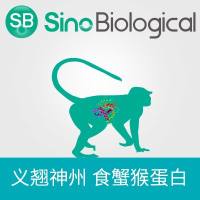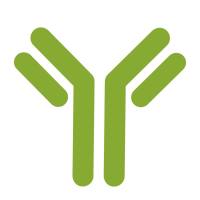Many agents that possess antitumor activity have been shown to bind to DNA. Several clinically used chemotherapeutic drugs are alkylating agents, which are known to bind covalently to, and in many cases crosslink, the bases of DNA. These include the nitrogen mustard, chloroethyl-nitrosourea, triazene, and dimethanesulfonate classes of agents. Most simple alkylating agents of this type show a base specificity for guanine, binding primarily to the guanine-N7 position in the major groove of DNA (1 ). In contrast, more complex agents such as the natural product CC-1065 and the novel agent tallimustine bind primarily to adenine bases at the N3 position in the minor groove (2 ,3 ). In addition to this base specificity it is now apparent that many, if not all antitumor agents that bind to DNA, do so with some degree of base-sequence selectivity. This can vary from agents such as nitrogen mustards, which show a limited discrimination between the target base in different sequence contexts, to those such as CC-1065 and talhinustine, which show a high degree of selectivity to certain unique sequences, with the corresponding avoidance of others.






